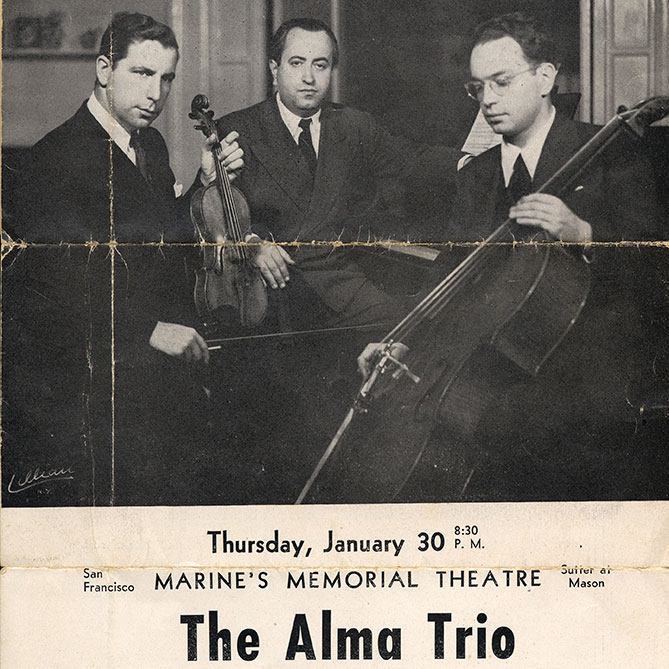
Schubert Trio in Eb, Op. 100
CelloBello Webmaster
Alma Trio – Gabor Rejto, cello, with Adolph Baller, piano and Andor Toth, violin
Subjects:
Tags: Adolph Baller, Alma Trio, Beethoven, Gabor Rejto, Toth

Alma Trio – Gabor Rejto, cello, with Adolph Baller, piano and Andor Toth, violin
Subjects:
Tags: Adolph Baller, Alma Trio, Beethoven, Gabor Rejto, Toth